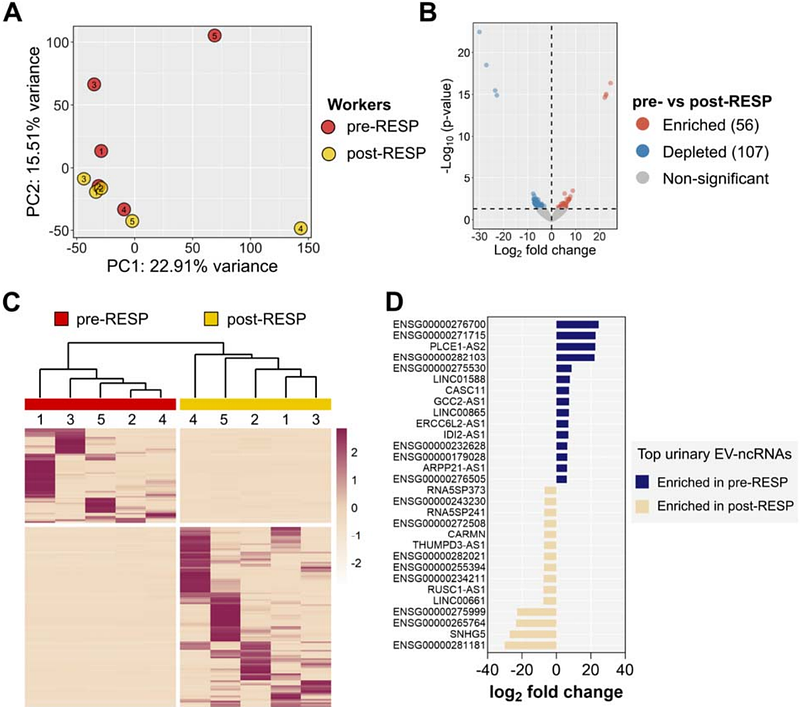A cross-week analysis of urinary extracellular vesicles after respiratory tract exposure intervention identifies systemic signaling changes -- a pilot study of isocyanate-exposed workers

A cross-week analysis of urinary extracellular vesicles after respiratory tract exposure intervention identifies systemic signaling changes -- a pilot study of isocyanate-exposed workers
Sohal, I. S.; Pal, A. K.; Lepine, J.; Liu, P.; Wisnewski, A. V.; Redlich, C. A.; Bello, D.
AbstractExtracellular vesicles (EVs) from various biofluids have demonstrated potential as prognostic and diagnostic biomarkers in several diseases. However, their utility in early stages of disease development has not been extensively investigated. Additionally, given their role in intercellular communication, decoding the landscape of underlying cell-to-cell signaling in a clinical or subclinical condition based on EV-specific analyses has so far remained challenging. Here, we demonstrate the utility of urinary EVs for cross-week biomonitoring and for capturing the perturbation of underlying organismal signaling in a small well-characterized group of workers with inhalational exposure to methylene diphenyl diisocyanate (MDI) in fabric coating factory. Workers wore organic vapor cartridge respirators during the week to eliminate respiratory exposures. Spot urine was collected before and after the respirator intervention -- pre-RESP and post-RESP, respectively. Following extensive characterization of EVs isolated from the urine samples, the relative enrichment of EV-specific RNAs and proteins and their associated biological processes were determined between pre-RESP and post-RESP samples. Distinct EV-specific RNA and protein signatures between the two groups strongly correlated with established biological and immune-related processes involved in asthma and lung inflammation. Using single cell transcriptomics data from the human cell atlas, EV-mRNAs highly enriched in pre-RESP, but not post-RESP, samples revealed global immune dysregulation and enrichment of associated cell types, such as monocytes, macrophages, and neutrophils. The findings indicate that urinary EVs and their contents can be utilized for biomonitoring of lung health and can reveal the effects of exposure on the underlying organismal signaling.